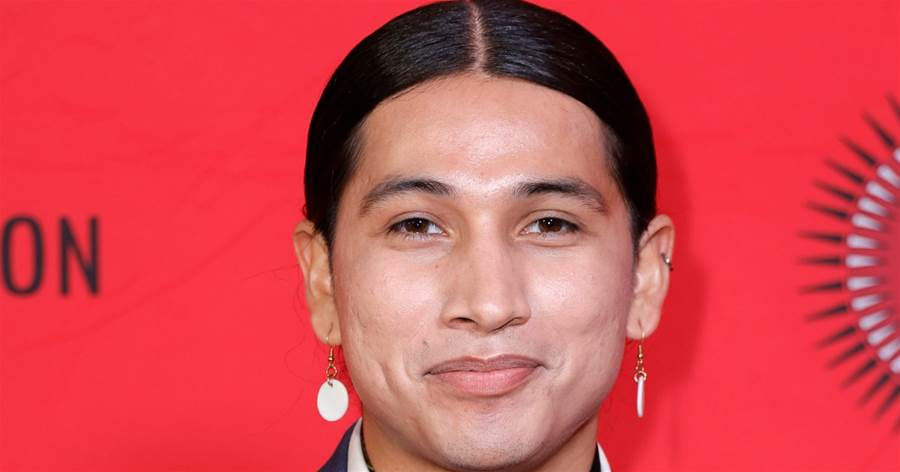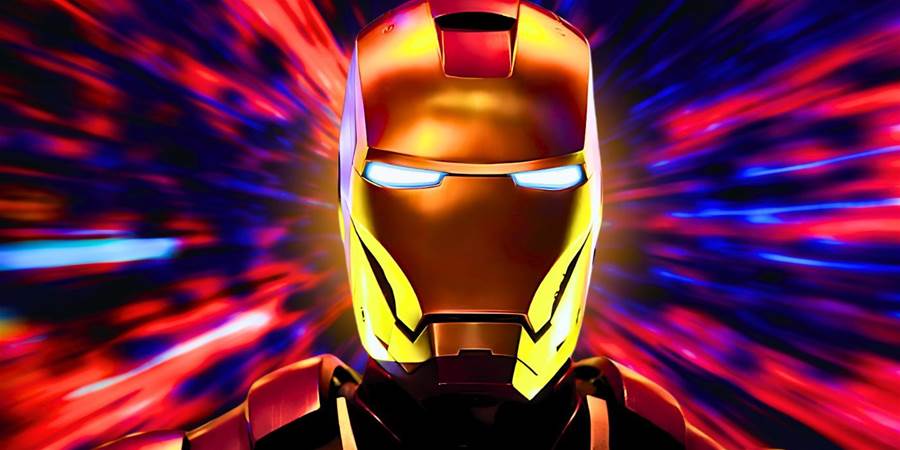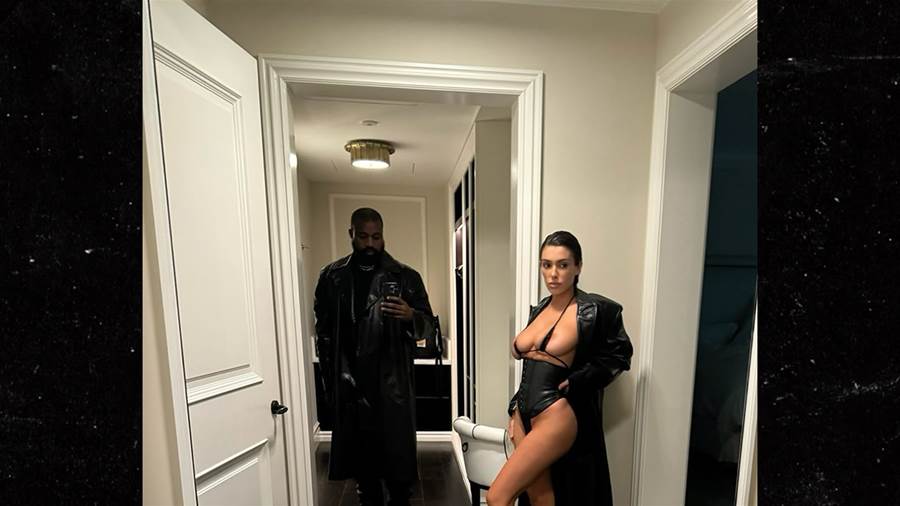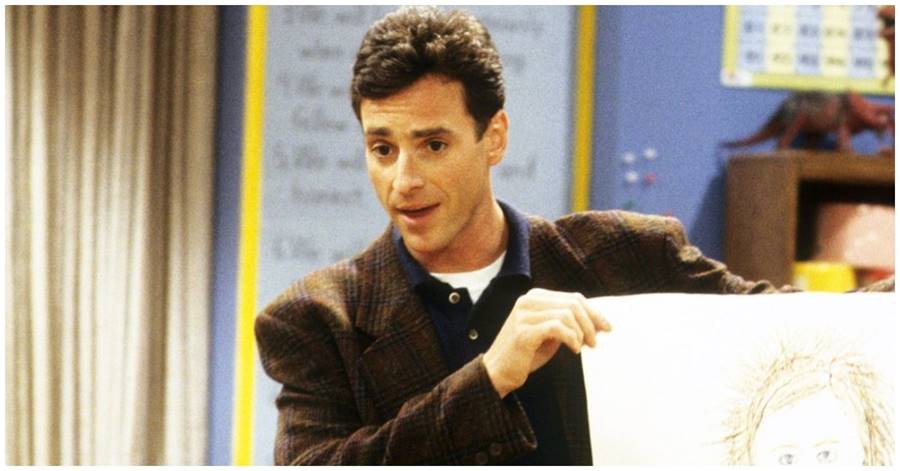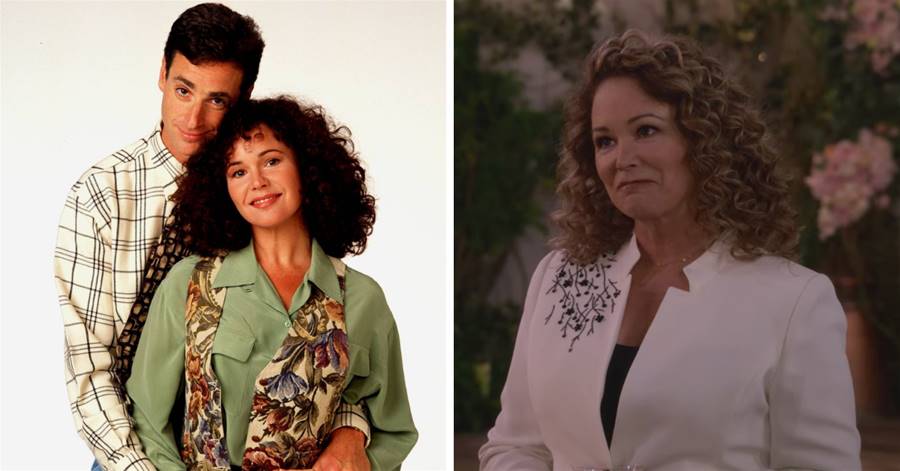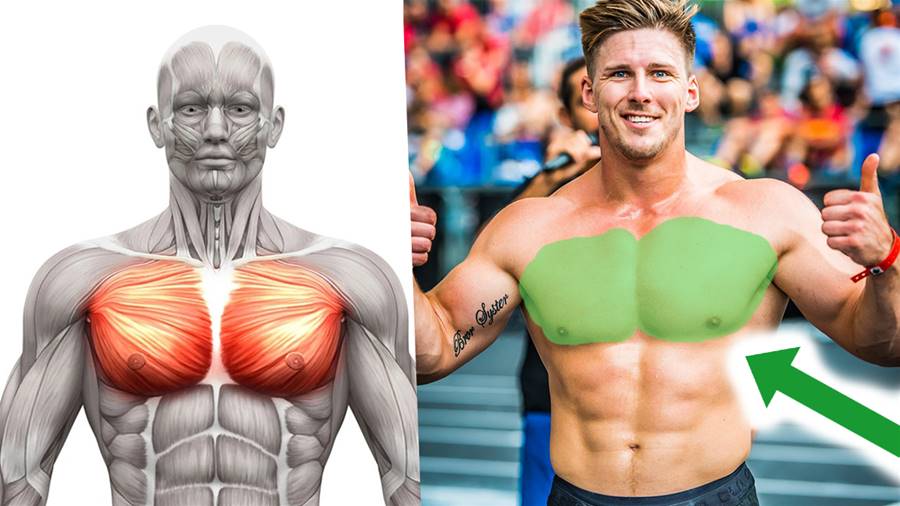
Jeremey Ethier used Betty: a $12,000 EMG machine to help determine what the best chest exercises for growth (from upper chest to middle chest to lower chest exercises) actually are.
“EMG stands for electromyography, and it’s a way of measuring the electrical activity produced by muscles when they contract. To make sure I run this experiment evaluating my list of chest exercises as best as possible so that we, and you, could actually trust the data (i.e., that these are the best exercises for a bigger chest), I called up a few colleagues and they led me to John, a Master’s student specializing in EMG.
”
“It was time to prep the experiment to find out what the best chest exercises for growth really are—and think about all the variables we had to control. First variable: subjects. Everyone’s bodies are slightly different, and the more subjects in study, the more reliable the data. So, I wanted at least 3 subjects in total. Luckily we had Alex and Raza.”
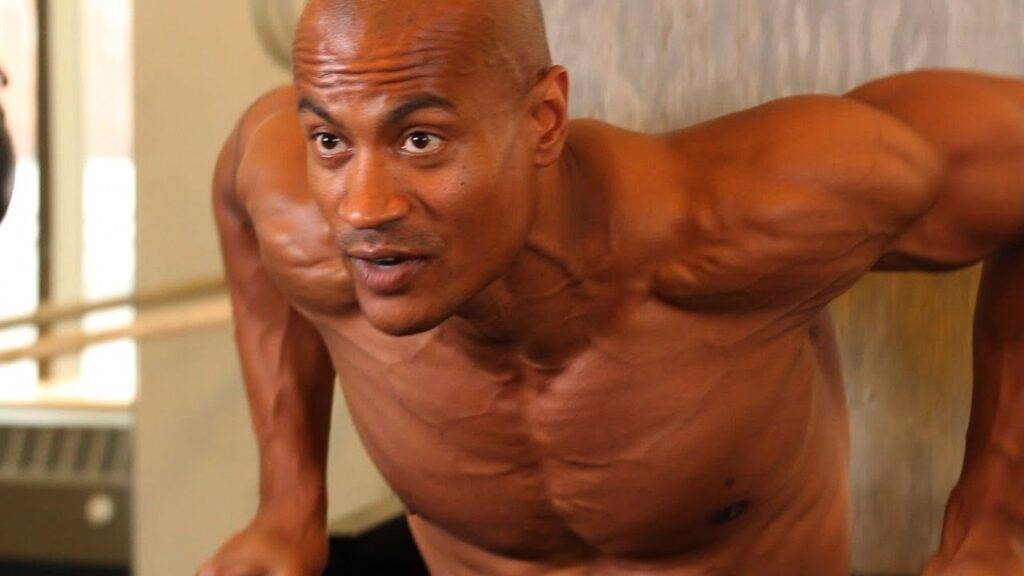
“Raza is more of a beginner so I thought it’d be interesting to see how his results compare to mine and Alex’s. Next, weight. we had to figure out how much weight we’d be using on each chest exercise to ensure that they were equally as challenging. A week before the test date, we all spent a whole day in our gym and figured out our estimated “1 rep max” for each exercise. On test day, we’d use 70% of this weight for each of the exercises.”
“Plus, we came up with a wager. Before we conducted the experiment to find out what the best exercises for a bigger chest are, the three of us wrote down on a piece of paper what exercises we think will end up being the top 2 for each area of the chest.
Once we got the results, we’ll compare them to each of our lists and the person who gets the least exercises correct will be dunked into a human body sized Canadian Tundra Death Trap!”
Here are all the chest exercises we tested:
“Note: with several variables and just 3 subjects, it’s hard to detect any statistical differences. That said, I did average the data and found some really interesting findings that align with a lot of other research. So, let’s start with the best upper chest exercises. The top two exercises were both incline dumbbell presses, just at different bench angles.
We tested 15 degrees, 30 degrees, and 45 degrees. The lower inclines of 15 degrees and 30 degrees came out on top.”
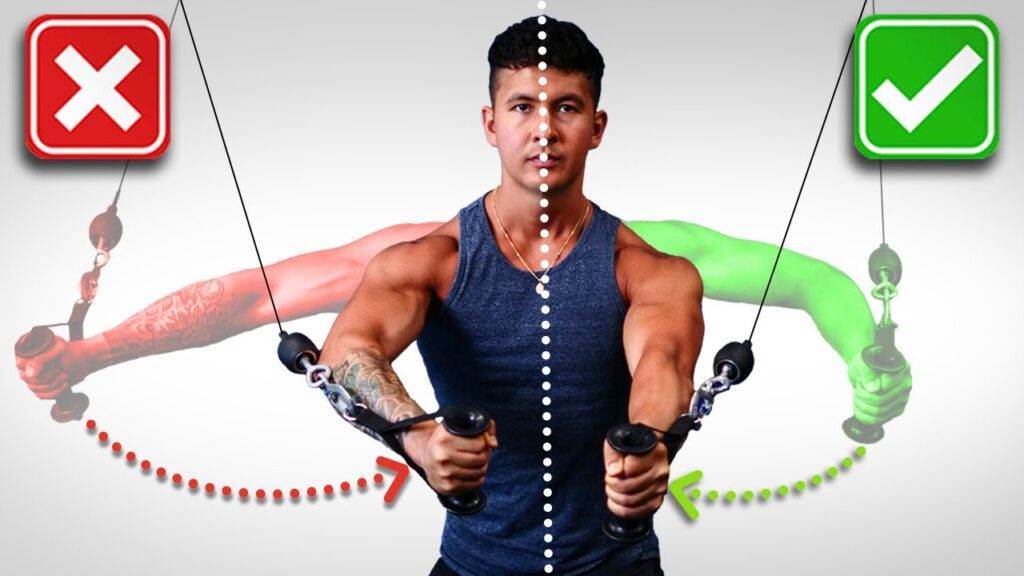
Moving on to exercises targeting the mid-chest, our first standout is the decline dumbbell press. However, it’s not the conventional version seen in most gyms. Instead, we introduced a subtle elevation by placing a weight plate under the front of the bench.
Surprisingly, this modification not only effectively emphasized the lower chest, as expected, but also proved to be excellent at activating the mid-chest for all three of us.
Another successful exercise in this category was the seated cable fly, with the cable handles positioned at chest height.
Transitioning to exercises for the lower chest, my anticipation leaned towards high to low cable flyes due to the favorable alignment of cable tension with the lower chest fibers. While it did perform well, the seated cable flyes took the lead.
This could be attributed to their more stable setup, as the cable tension still aligned effectively with the lower chest. Once again, the decline dumbbell press emerged as a winner, reinforcing the notion that the slight decline aligns the press optimally with both the middle and lower fibers of the chest.
Image Sources


